Sandblasting wood and brick
wbherndon
18 years ago
Featured Answer
Sort by:Oldest
Comments (7)
User
18 years agodperk
18 years agoRelated Professionals
Billings Cabinets & Cabinetry · Key Biscayne Cabinets & Cabinetry · Solana Beach Carpenters · Bethpage Flooring Contractors · Cambridge Flooring Contractors · Carlisle Flooring Contractors · Green Bay Flooring Contractors · San Ramon Flooring Contractors · Sycamore Flooring Contractors · Augusta Furniture & Accessories · Fort Wayne Furniture & Accessories · Hastings Furniture & Accessories · Spartanburg Furniture & Accessories · Ventura Furniture & Accessories · Alpharetta Furniture & Accessoriessombreuil_mongrel
18 years agogyrfalcon
14 years agobrickeyee
13 years agoUser
13 years ago
Related Stories
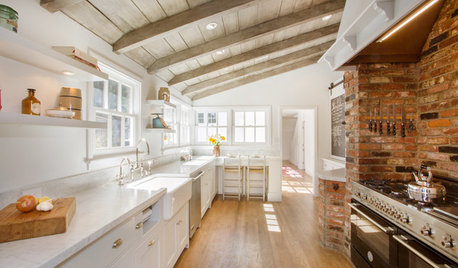
KITCHEN DESIGNKitchen of the Week: Brick, Wood and Clean White Lines
A family kitchen retains its original brick but adds an eat-in area and bright new cabinets
Full Story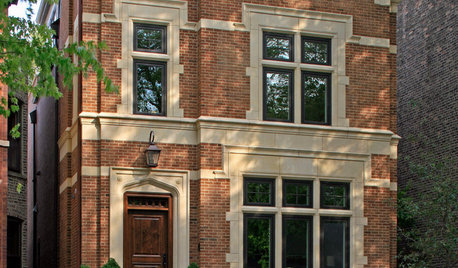
MATERIALSRaw Materials Revealed: Brick, Block and Stone Help Homes Last
Learn about durable masonry essentials for houses and landscapes, and why some weighty-looking pieces are lighter than they look
Full Story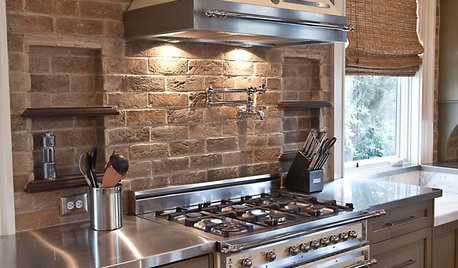
KITCHEN DESIGNYes, You Can Use Brick in the Kitchen
Quell your fears of cooking splashes, cleaning nightmares and dust with these tips from the pros
Full Story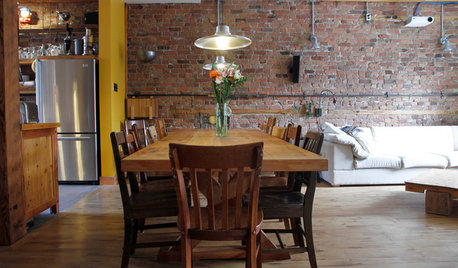
ECLECTIC HOMESMy Houzz: Ecofriendly and Salvaged Style in a Montreal Triplex
Repurposed materials, graywater reuse, and no-VOC paints make for a resourcefully earth-friendly home in Quebec
Full Story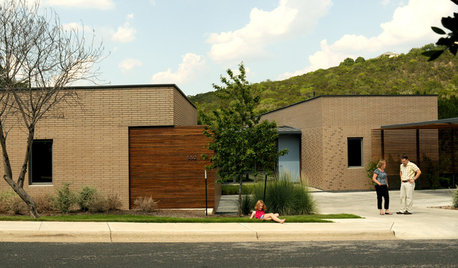
REMODELING GUIDESBrick: A Heavyweight for Modern Exteriors
If you picture only traditional homes when you think of brick, it's time to reconsider this modern contender
Full Story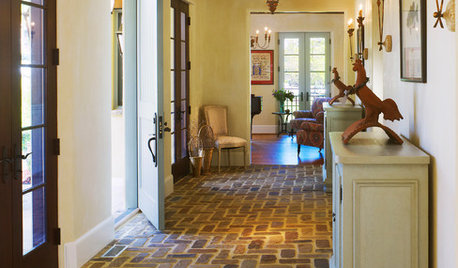
RUSTIC STYLEBrick Floors: Could This Durable Material Work for Your House?
You love the old-world look, but will you like the feel of it underfoot? Learn the pros and cons of interior brick flooring
Full Story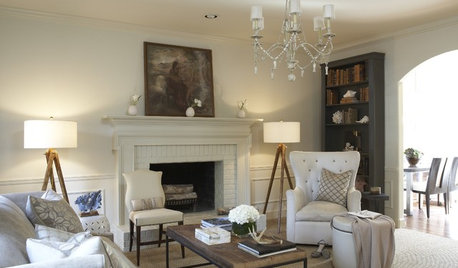
REMODELING GUIDESSurround Your Fireplace With Tile, Brick or Stone
Freshen up your fireplace with a crisp, colorful or dramatic new look
Full Story
REMODELING GUIDESInterior Brick: Paint it or Leave It?
Here's how to know if covering that brick is a sin or solution
Full Story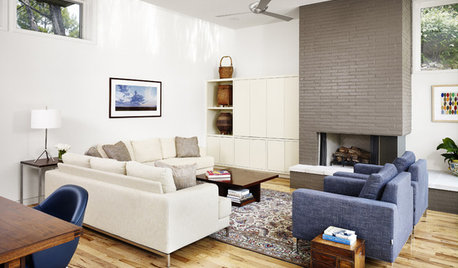
DECORATING GUIDESWhat You Need to Know Before Painting Brick
Sure, painted brick can be a great look. But you need to take some risks into account. Here's how to paint brick like a pro
Full Story





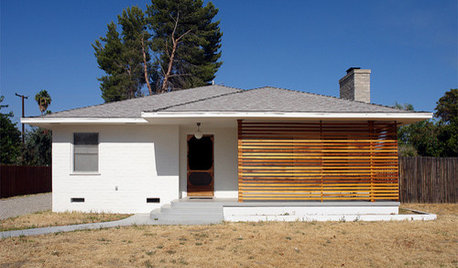


sombreuil_mongrel